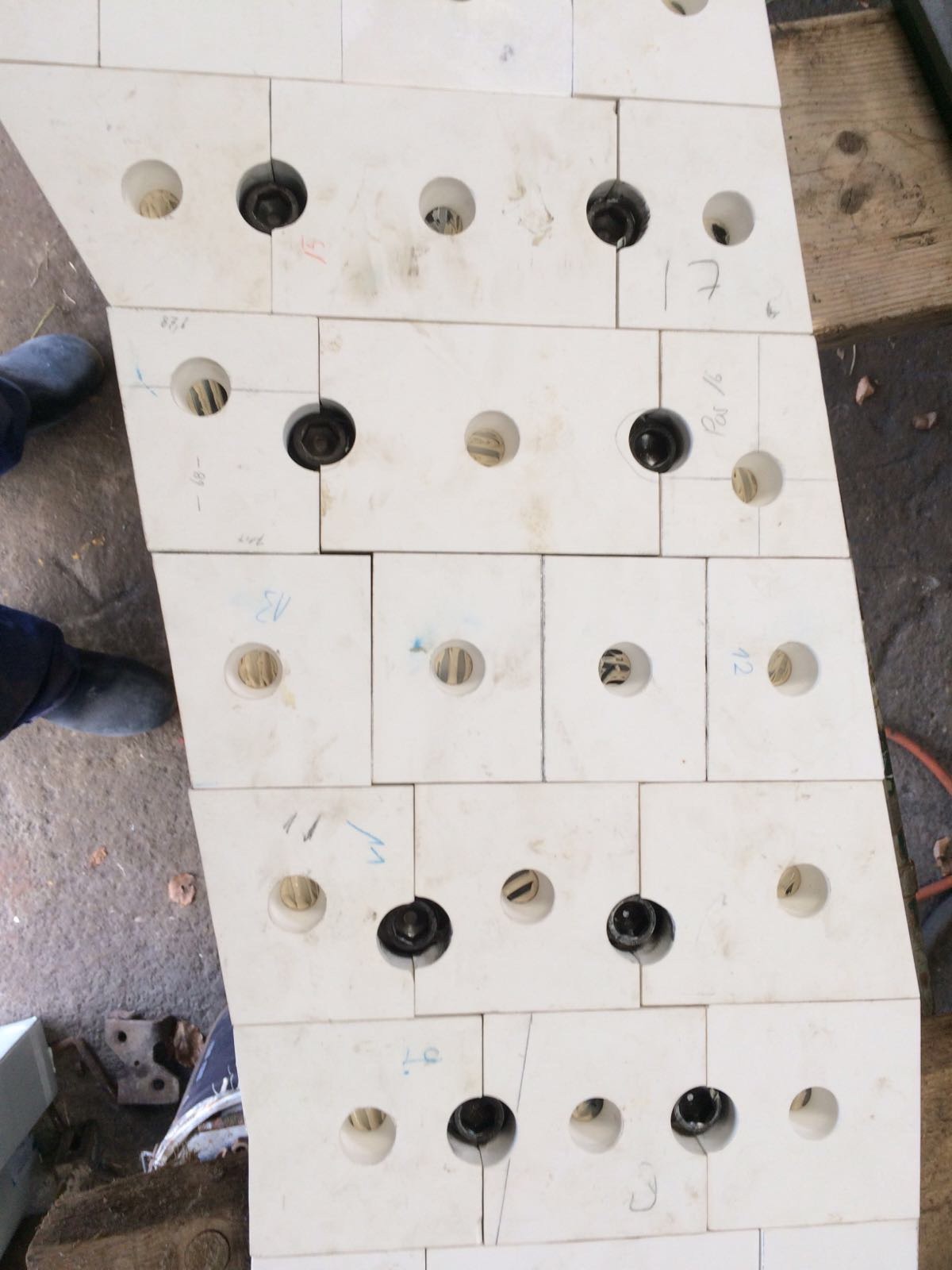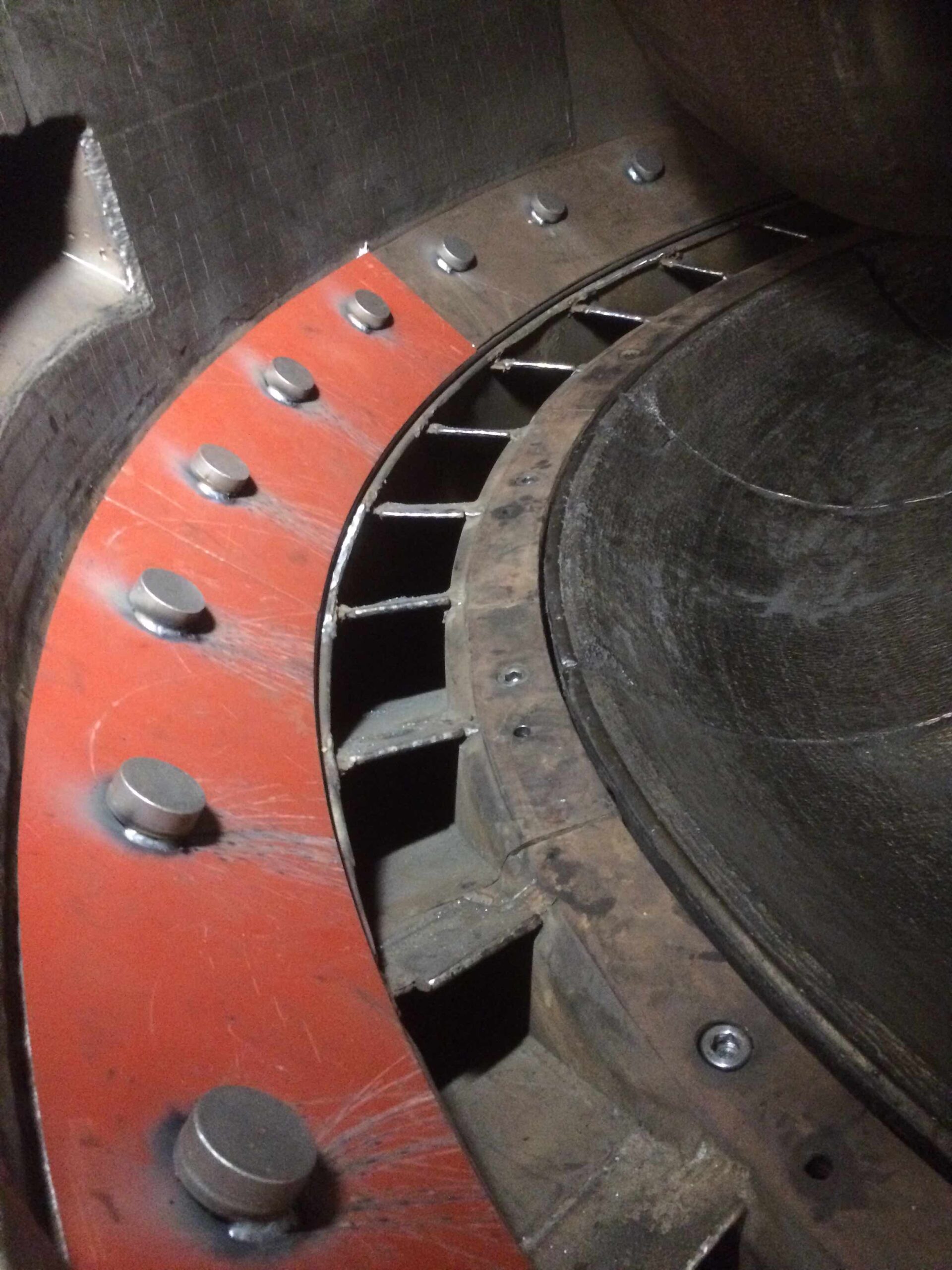Wear limitation in energy production
Wear and tear in the production of electricity
Whatever happens in terms of CO2 reduction, in the coming decades we will continue to depend (in part) on incinerators for our energy needs. This may involve incineration of household waste by recycling companies, but also coal-fired power plants. Wivé Techniek works closely with the technical department of coal-fired power plants in order to slow down wear and tear in the various processes and thus extend the service life of the machines.
Wear and tear in transportation processes
Many transport movements take place in a coal-fired power plant. Coal is often brought in by ship and stored on site before being transported to the furnaces. Together with the customer, Wivé devises and assembles wear-resistant solutions for the transport and distribution system of coal and pulverized coal, the wind shifter, the removal of fly ash and desulfurization. This goes with application of melt basalt (Abresist) and various forms of ceramic plates and tiles or wear-resistant concrete. Or combinations of these materials for the optimal solution.
Wear-resistant flexible bends for blown transport
For piping systems, among other things, we use wear-resistant flexible bends lined with ceramic tiles (Kalflex). Coal bunkers we line with high molecular density polyethylene (PE) sheets. The low coefficient of friction not only slows wear but also ensures that the coal does not stick but slides.
Friction and impact in coal processes
For screening coal and ash, the coal plant uses a windshifter, a notorious weak spot when it comes to wear and tear due to the high speeds. To extend the service life, a wide range of materials can be used, such as wear-resistant melt basalt, the ceramic solutions already mentioned, and special hard-welded plates.
Crushing and grinding coal
Before combustion, the coal is crushed and ground into smaller fractions. We preserve impact-wear-prone hammer mills with customized hammers made of wear-resistant cast steel combined with wear-resistant welded-on cladding plates (WearProtect WMC and WMW). When grinding coal, wear occurs on the grinding rollers, grinding table and side walls. Here, too, we use hard welded-on materials, hard welded-on plates and hardguss cast steel (WearProtect WMC, WMW and LTM).


Want to know more about wear mitigation for energy production?
Be sure to contact us!
